Close out letter template
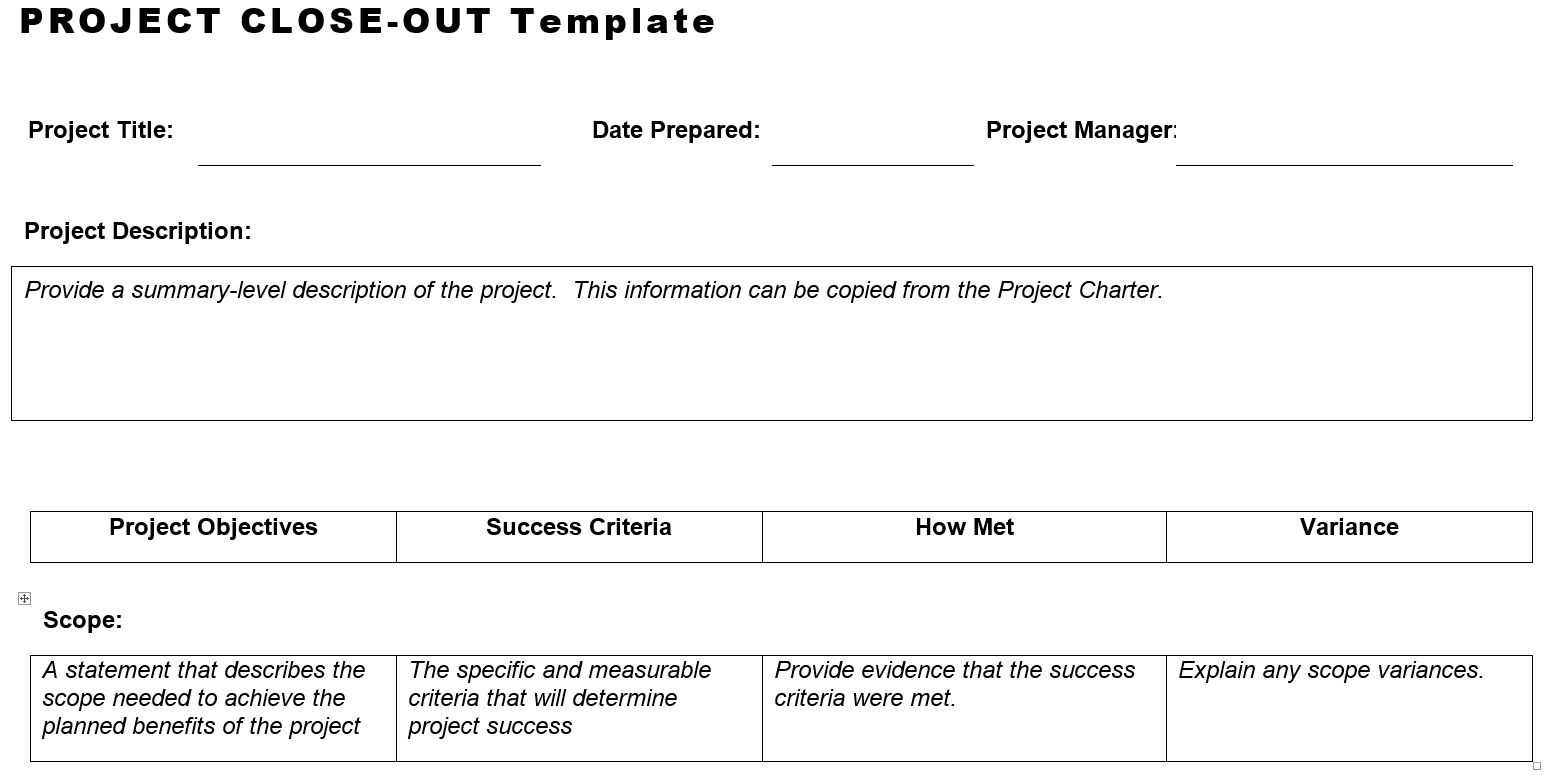
A well-crafted close out letter provides clarity and ensures that all parties are on the same page. It marks the official end of a project or agreement, outlining the completion of terms and any pending responsibilities. To make the process smoother, use a clear and concise template that includes the necessary elements, such as project completion confirmation, final deliverables, and outstanding obligations.
Start with a clear subject line that immediately reflects the purpose of the letter, such as “Project Close Out – [Project Name]”. This sets the tone for what follows and helps the recipient understand the context right away.
Include a brief introduction that acknowledges the end of the project and highlights any final details that need attention. Be sure to include specific dates and milestones. Follow this with a section that confirms any payments, documents, or actions that remain open.
Conclude with a polite note, thanking the recipient for their cooperation and expressing your willingness to address any final questions. Make sure to provide your contact information in case there’s a need for follow-up.
Close Out Letter Template
Begin your close out letter by clearly stating the purpose and scope of the project or contract. Include a brief description of the work completed and confirm that all requirements have been met according to the agreed terms.
Key Elements to Include
Specify any remaining obligations or deliverables, and acknowledge whether they have been fulfilled. If there are outstanding issues, list them with clear resolutions or deadlines for completion. Be sure to express appreciation for collaboration and the overall effort put into the project.
Final Acknowledgement
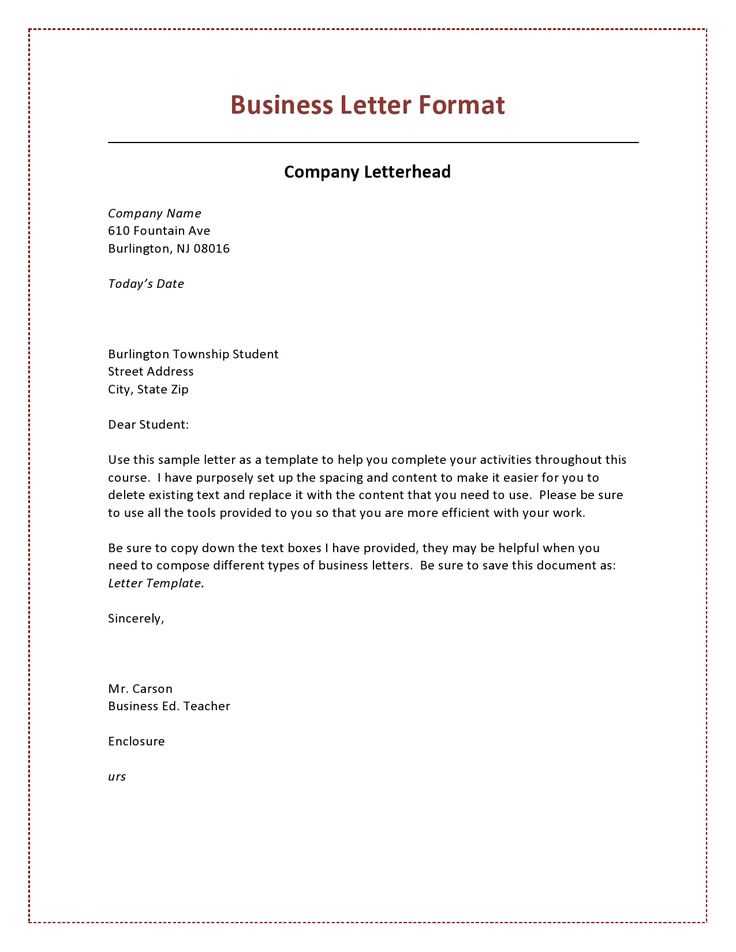
Close with a polite statement, confirming that the project has officially concluded. Reinforce your availability for any final questions or follow-up actions. This will ensure a professional conclusion while maintaining positive relationships moving forward.
Understanding the Purpose of a Close Out Letter
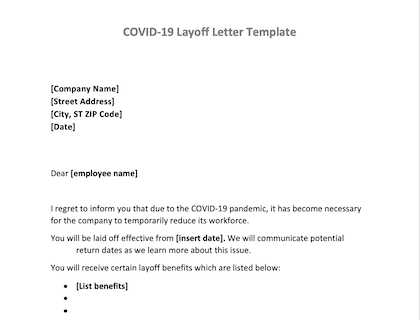
A close out letter formally concludes a project or contract, confirming the completion of all obligations. It serves as a written acknowledgment that all terms have been fulfilled, preventing future misunderstandings between parties. When drafting a close out letter, make sure to include a detailed summary of work done, any outstanding deliverables, and relevant final approvals.
Confirming Contractual Completion
This letter confirms that the involved parties have completed all required tasks, including any specified deliverables or conditions. It provides assurance that no further actions or responsibilities remain on either side. Including signatures or confirmations from all parties can strengthen the clarity of the conclusion.
Clearing Up Financial and Legal Matters
In addition to confirming project completion, the close out letter often addresses any financial or legal issues, such as outstanding payments or unresolved disputes. It can also provide an official record for both parties regarding the financial closure of the contract. This documentation is crucial for preventing future claims or disagreements.
Key Elements to Include in Your Template
Ensure your close-out letter includes these key components for clarity and professionalism.
1. Project Details
Start with the project name, location, and relevant dates. Include the project number or identifier, if applicable. This ensures the recipient can immediately associate the letter with the correct project.
2. Statement of Completion
Clearly state that the project is complete and any remaining tasks or requirements are finished. Confirm that all deliverables have been met, including specific milestones or goals.
3. Acknowledgment of Work
Highlight any outstanding efforts or specific achievements by contractors, teams, or individuals involved in the project. Acknowledging their contributions adds a personal touch.
4. Outstanding Issues or Items
If there are unresolved matters, clearly outline them. Mention any warranties, service agreements, or pending issues that require attention after the close-out.
5. Financial Summary
Provide a brief summary of final project costs, including any changes to the initial budget, invoices, or remaining payments. This ensures transparency and avoids confusion.
6. Contact Information
List contact details for any further questions or follow-ups. Include phone numbers or email addresses of relevant personnel who can address any post-project concerns.
How to Address Legal and Financial Aspects
Start by clearly defining any outstanding legal obligations in your close-out letter. Ensure that all contract terms are reviewed and that both parties fulfill their responsibilities. Include any clauses related to dispute resolution or penalties if applicable. It’s critical to reference any legal agreements, confirming that all actions have been completed according to those stipulations.
Legal Considerations
List all legal documents that were part of the project, such as contracts or NDAs, and verify they have been closed properly. If there are any unresolved legal matters, acknowledge them and outline the steps required for resolution. Acknowledge any warranties or guarantees that may remain in effect after project completion.
Financial Aspects
Ensure all financial transactions are documented. Include final payment amounts and dates, as well as any reimbursements or adjustments that may be required. It’s vital to outline any pending invoices or outstanding payments, along with deadlines for settlement. Also, confirm the return of any financial documents, such as receipts or balance sheets, if necessary.
Ensuring Proper Documentation and Signatures
Ensure all required documents are accurately completed and signed by all relevant parties. Double-check that the dates, names, and details are correct to avoid future disputes or confusion.
Key Points for Proper Documentation
- Review each section of the document to confirm that it accurately reflects the agreement or terms being closed out.
- Ensure all necessary parties have signed in the appropriate places, including dates of signatures.
- Incorporate any additional required attachments or exhibits that were part of the agreement.
- Ensure that all information, such as addresses or reference numbers, is up-to-date and correct.
Handling Signatures Correctly
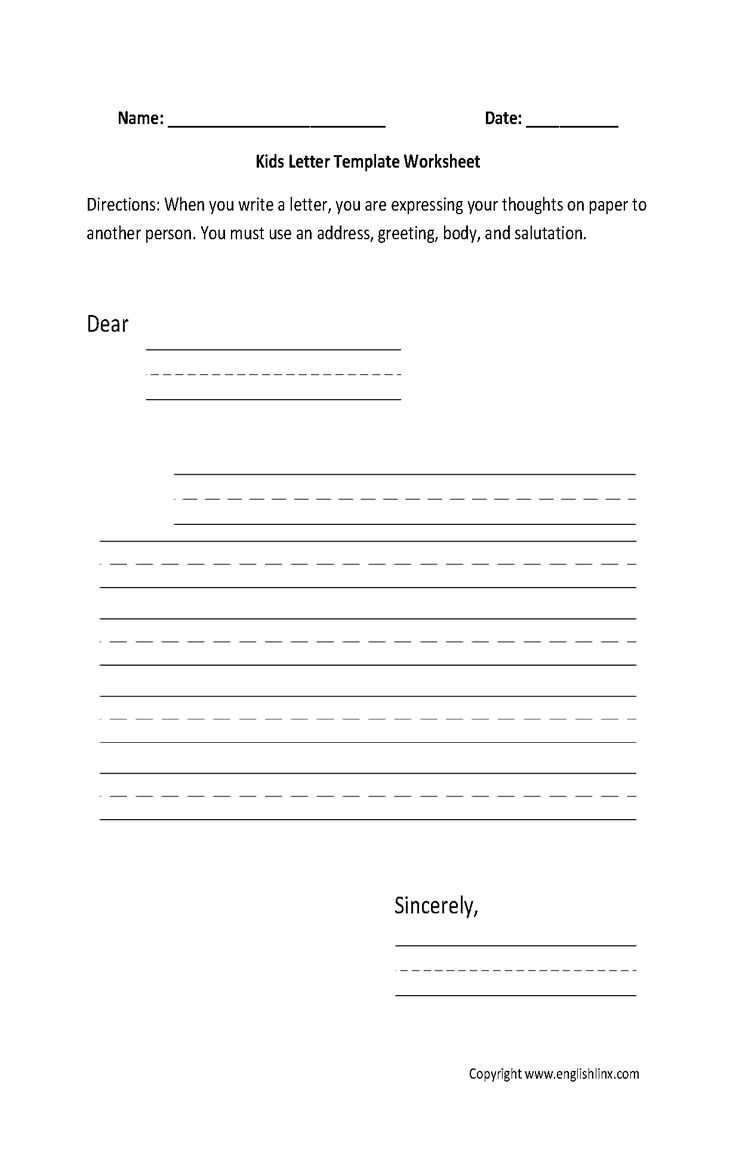
- Obtain physical or electronic signatures based on your legal requirements. Ensure signatures are from authorized individuals only.
- If using electronic signatures, confirm their authenticity through proper verification methods.
- Make sure signatures are applied in the appropriate fields to avoid confusion or delays.
Common Mistakes to Avoid When Drafting
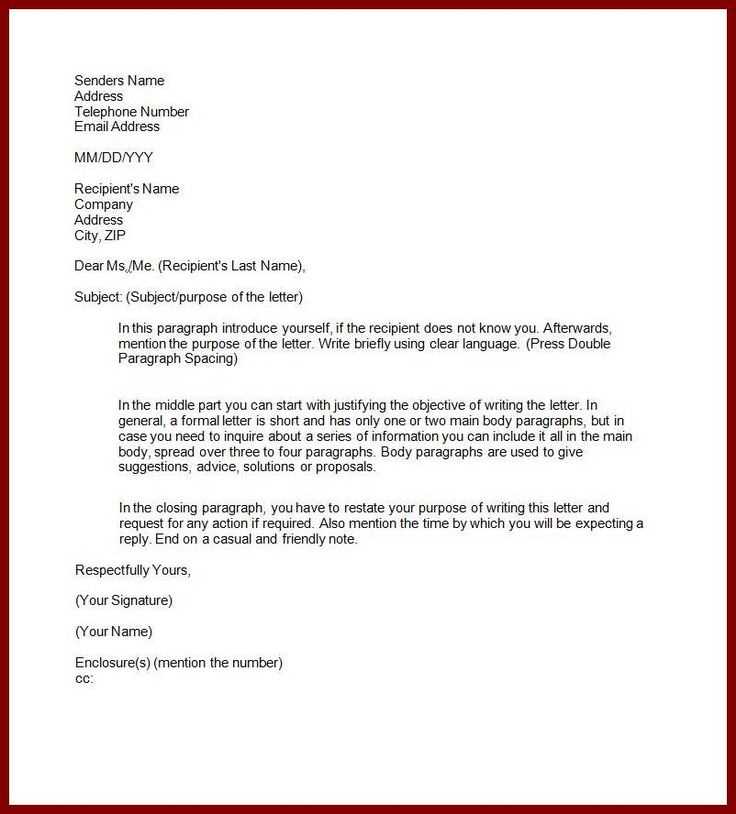
Avoid being vague with dates or deadlines. Always specify the exact date or timeframe for deliverables or expectations. Ambiguity here leads to confusion and potential disputes.
Ensure you don’t omit key clauses. Missing terms like confidentiality, payment schedules, or dispute resolution can cause legal challenges down the road. Check for completeness before finalizing.
Don’t use unclear or overly complex language. Keep the wording simple and direct, and avoid legal jargon unless absolutely necessary. The goal is clarity, not confusion.
Pay attention to signatures. Leaving out a signature line or not confirming proper authorization can render the document invalid. Double-check all required signatories before submission.
Relying too much on templates is risky. Templates can be helpful, but they may not cover all specific needs of your situation. Always customize the letter to fit the circumstances.
| Common Mistake | How to Avoid |
|---|---|
| Vague deadlines | Specify exact dates |
| Missing key clauses | Include all relevant terms |
| Complex language | Use clear, simple language |
| Signature issues | Ensure proper signatories |
| Over-reliance on templates | Customize the document |
Customizing the Template for Different Situations
Adjust the tone and details of the letter based on the nature of the project or the relationship with the recipient. Tailoring the language can significantly affect how the message is received.
- For Contract Completion: Focus on clarity and formality. Clearly state the terms of the contract that have been fulfilled and express appreciation for the collaboration. Mention specific milestones achieved and reference any final actions required.
- For Client Relationship: Keep the tone friendly and professional. Acknowledge the partnership and express gratitude for their trust. If applicable, offer to maintain future communication and support.
- For Vendor or Supplier: Maintain a respectful, yet professional tone. Highlight key deliverables and any final settlements. It’s important to emphasize the completion of obligations while keeping the door open for future business.
- For Internal Team or Employees: Be more personal and appreciative. Acknowledge the team’s efforts, contributions, and successes. If there are any follow-up steps, outline them in a clear, constructive manner.
- For Dispute Resolution: Use neutral, conciliatory language. Emphasize the resolution and express a willingness to move forward without dwelling on past issues. Focus on closure and maintaining a positive future relationship.
By adjusting your approach depending on the recipient and context, you can make sure your close-out letter aligns with the expectations and tone appropriate for each situation.